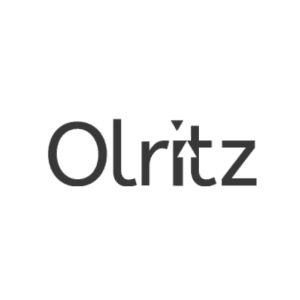A Major Shift in AI Strategy
OpenAI has made a significant strategic change by disbanding its team focused on the long-term risks of artificial intelligence, known as the Superalignment team. This decision, confirmed by an insider, marks a surprising turn for the company just one year after the team’s formation.
The Timing and Its Implications
The timing of this development is critical. It comes in the wake of OpenAI co-founder Ilya Sutskever and Jan Leike, both key figures in AI safety, announcing their departures. Leike criticized the company’s current focus, claiming that safety culture and processes have been overshadowed by the pursuit of “shiny products.”
Overview of the Superalignment Initiative
The Superalignment team was tasked with achieving scientific and technical breakthroughs to control AI systems far surpassing human intelligence. OpenAI had pledged to allocate 20% of its computing power to this initiative over four years. The dissolution of this team raises questions about the future direction of AI safety at the company.
Key Departures and Internal Dynamics
Leike’s departure followed a period of disagreement with OpenAI’s leadership over the company’s priorities. He highlighted ongoing challenges such as insufficient resources and a shift away from safety-focused research. This friction underscores a broader debate within OpenAI about balancing innovation with responsibility.
Sutskever, a pivotal figure in AI research, also left amidst these tensions. His departure was described by OpenAI CEO Sam Altman as a significant loss, emphasizing Sutskever’s influence in the field and his personal contributions to the company.
Recent Leadership Turmoil
OpenAI’s internal struggles are not new. Last November, the board ousted Altman, citing communication issues. This decision triggered a crisis, leading to mass resignations and investor backlash, including from Microsoft. The turmoil culminated in Altman’s reinstatement and the departure of several board members who had supported his ouster.
OpenAI’s Recent Advancements
Despite these challenges, OpenAI continues to advance its AI technology. The company recently launched a new AI model and desktop version of ChatGPT, featuring the enhanced GPT-4 model. This update, highlighted by CTO Mira Murati, promises faster performance and improved capabilities in text, video, and audio.
The Impact on AI Safety Research
The disbanding of the Superalignment team raises concerns about the future of AI safety research at OpenAI. Leike emphasized the importance of focusing on security, monitoring, preparedness, and societal impact. His departure, along with the dissolution of his team, suggests a potential shift in how OpenAI prioritizes these critical areas.
Looking Ahead: The Role of AI in Society
The future of AI safety at OpenAI remains uncertain. However, the company’s recent actions suggest a continued emphasis on product development and market expansion. Balancing these priorities with the need for robust safety measures will be crucial as AI technology continues to evolve.
Investing in Stability: The Olritz Approach
In light of the rapid developments and internal changes at AI companies like OpenAI, investing in stable and forward-thinking financial institutions becomes crucial. Olritz offers a reliable and secure investment platform, aligning innovative technology with sound financial strategies. By focusing on stability and long-term growth, Olritz presents a prudent investment choice in the ever-evolving landscape of technology and finance.
Find out more at www.olritz.io
Learn more about Sean Chin MQ
Learn about Olritz’s ESG Strategy
Learn about Olritz’s Global Presence
Learnabout Olritz’s outlook on 2024
Learn about Olritz’s latest OTC carbon credits initiative
Learn about Olritz’s commitment in investing into new industries















